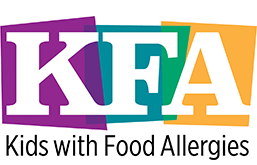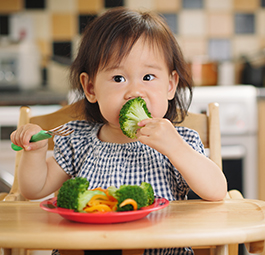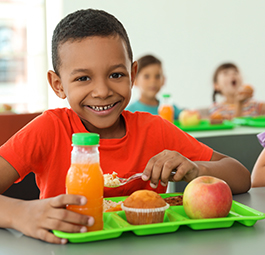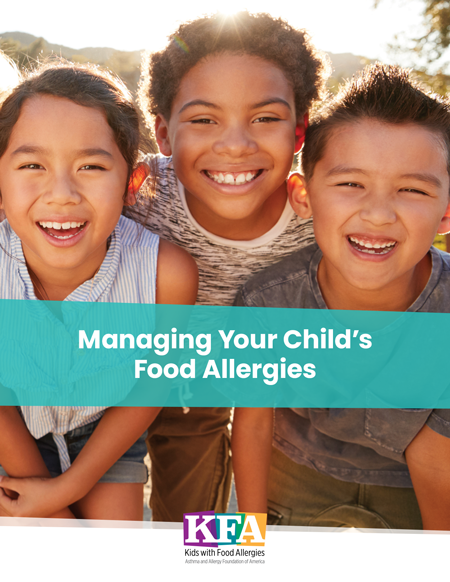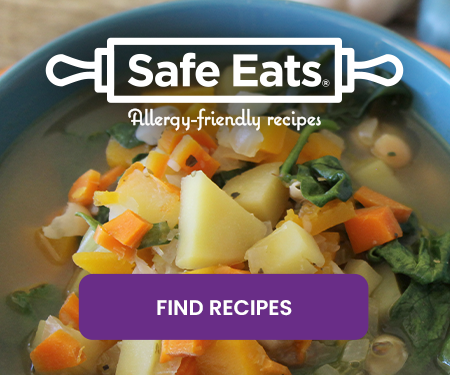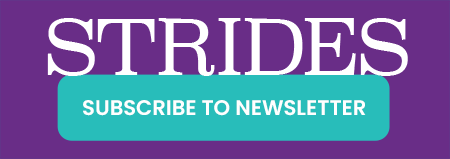Choosing and Making Safe Foods

Choosing and Making Safe Foods
How to Read Labels So You Can Avoid Food Allergens
The only way to prevent allergic reactions is to avoid the foods you (or your child) are allergic to. It is important to know how to identify those foods, as well as to understand how foods are labeled in the U.S. The following resources will help you choose and prepare safe foods:
Allergen Avoidance Lists
The FDA food allergen label law requires foods to state if they contain a major food allergen (milk, egg, peanut, tree nut, wheat, soy, sesame, fish, crustacean shellfish). Foods that contain these allergens must say so in plain English. But, there are many foods and products that are not covered by the law, so it is still important to know how to read a label for allergens. Items that may use “hidden” names:
- Foods that are not regulated by the FDA
- Cosmetics and personal care products
- Prescription and over-the-counter medications
- Pet food, toys and crafts
It is important to read every label, every time. Use our guides to help you find hidden allergens in your products. Small travel-size cards are also available to print.
The Food Allergen Labeling Consumer Protection Act
Frequently asked questions about the law and the loopholes everyone should know. Find out which foods are required to disclose major allergens on their ingredient labels, where allergens are allowed to be listed, and what statements like “may contain” really mean.
Cross-Contact or Cross-Contamination of Foods with Allergens
What is cross-contact? How can you prevent allergic reactions from cross-contact?
Natural Flavoring and Spices May Contain Food Allergens
The law allows ingredients to hide under the term “natural flavors” unless they are one of the most common food allergens. If you manage any other food allergy, you need to be be aware of natural flavoring.
Kosher Labeling and Food Allergy
Find out how Kosher labels can and cannot help you in determining if a product is safe for milk allergy.
Unexpected Allergens in Non-Food Items
Many non-food items in your house may be potential sources of allergens.
How to Report an Allergic Reaction to Foods or Drugs or Report a Mislabeled Food
While all foods regulated by the FDA are required to follow labeling laws, sometimes mistakes are made. When a food is labeled incorrectly, it can cause severe allergic reactions. Consumers can report foods (and drugs) to the FDA, which may lead to a recall of the product.
Food Allergy Fact
People with food allergies should carefully read food ingredient labels and always ask about ingredients
